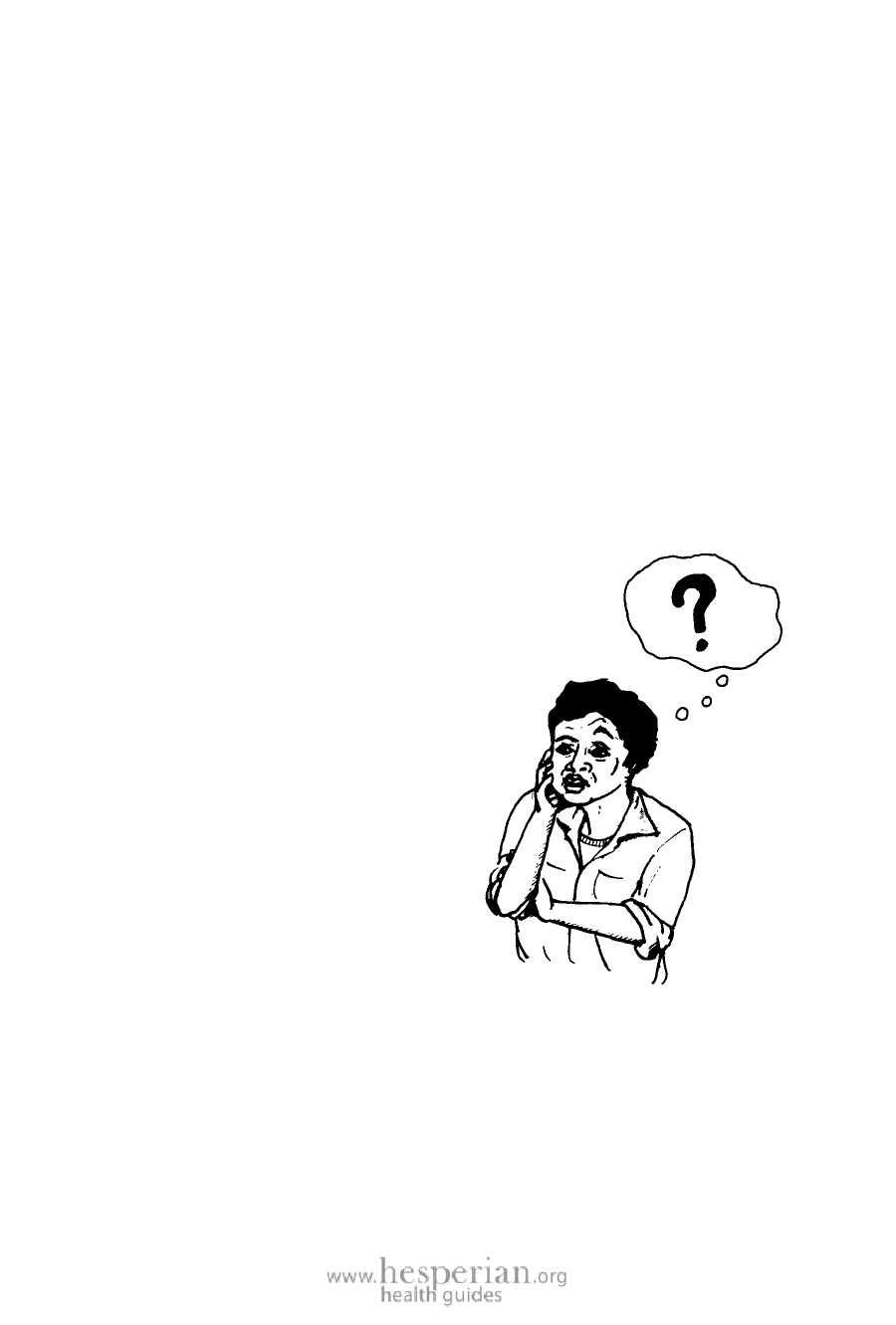
36 Where There Is No Dentist 2012
A Note to Teachers:
Do not wait for a dental worker. This book, and especially this chapter, is
written to help you learn and do things yourself. But do ask your dental
worker to work with you. He probably has suggestions that would fit your
situation. After examining the children, he can help you follow their progress.
You can then find out how much they are learning and how healthy they are
becoming.
To begin, talk with your students to find out what they think and what they
already know. What are their traditional beliefs? Some may be helpful, and
others may need changing. At first it is best simply to discuss.
Ask the kind of questions that get students talking. Later they will take part
in discussions more easily.
Add new information as you go along, changing some ideas but usually
building upon what the students already know.
This chapter asks nine questions:
• Why do we need teeth and gums?
• Why do some teeth look different?
• What holds the teeth?
• How often do teeth grow in?
• What makes teeth hurt?
• How do germs make holes in the
teeth?
• What makes the gums feel sore?
• What does it mean if a tooth is
loose?
• How can we prevent cavities and
sore gums?
For each question, there is an activity to help students discover answers
for themselves. The questions are not in any particular order, nor are they
written for any particular grade level. Make your own lesson plan, using the
main idea to help you. Shorten the lesson and make it easier for younger
children. Add more information for older students and let them do more
activities.